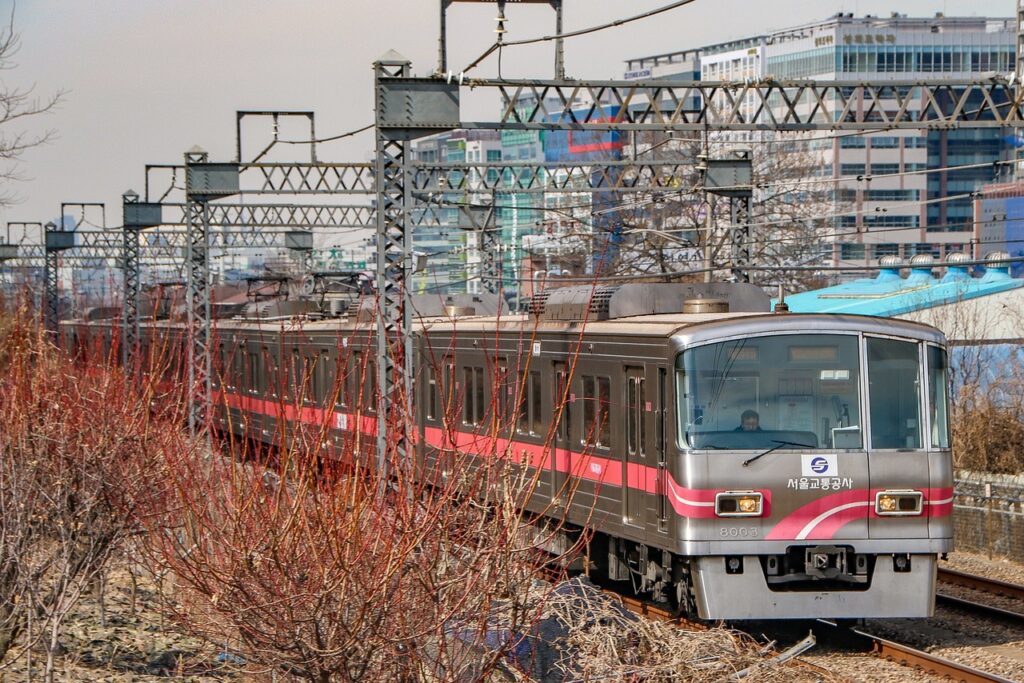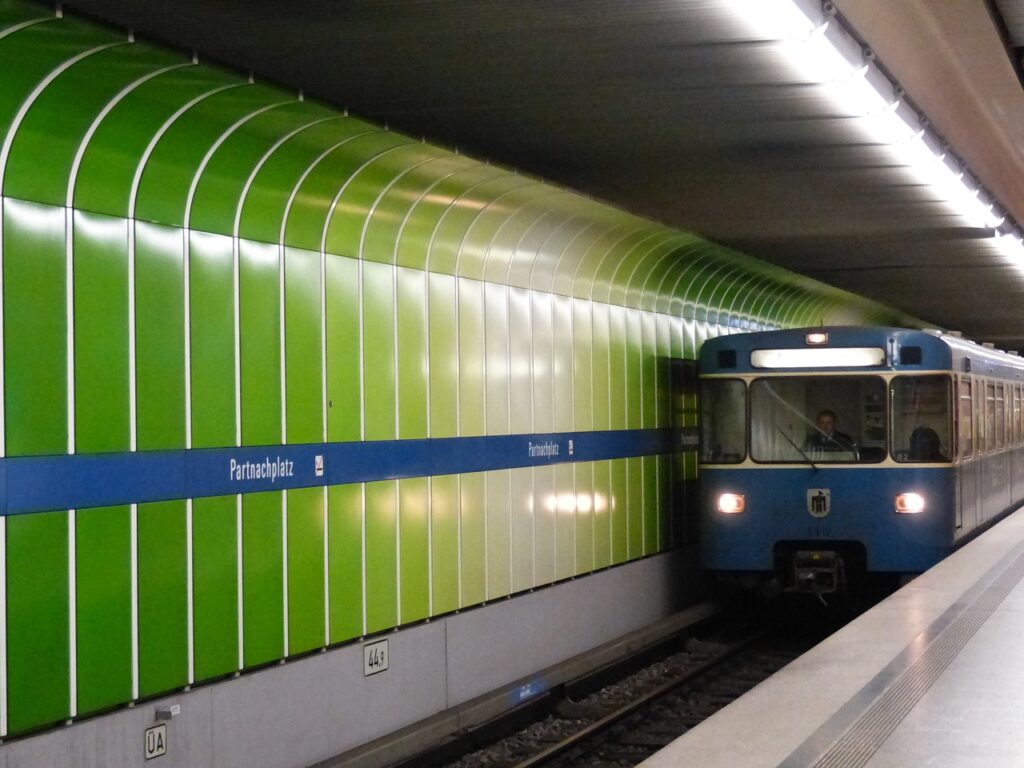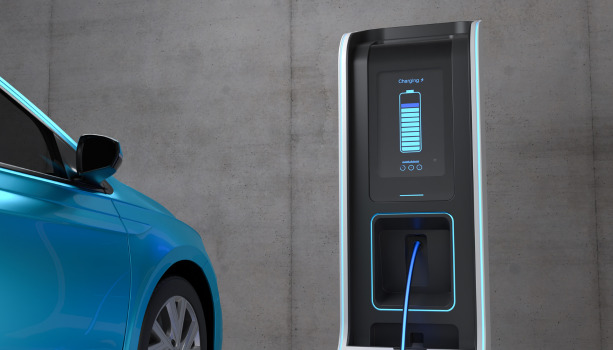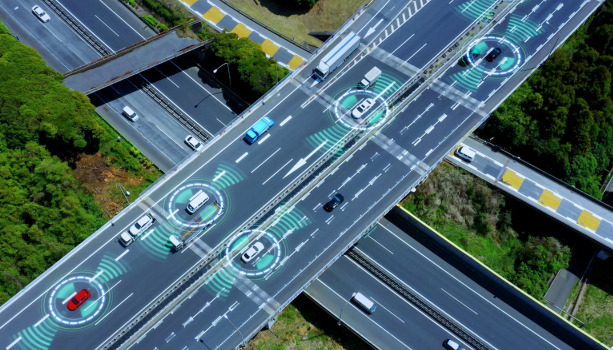Public transportation is a cornerstone of modern urban living, offering convenience, efficiency, and sustainability for commuters worldwide. As cities continue to expand and mobility becomes more critical than ever, public transport payment methods have evolved significantly, incorporating more user-friendly features. From contactless smart cards to integrated mobile apps, we will explore how cities have revolutionized public transport payment to cater to the diverse needs of their residents and visitors.
Seoul, South Korea – Seamless commuting experience
Seoul, the dynamic capital of South Korea, is renowned for its high-tech public transportation system that bridges its vast urban landscape. The public transport system in Seoul is closely interconnected. Many of the subway and bus routes cross the city border, seamlessly linking Seoul to its surrounding suburban regions. Over a million people commute to Seoul from nearby regions like Incheon and Gyeonggi Province on a daily basis. These commutes often entail multiple transfers between subway lines or from subway to buses. To accommodate such an interconnected system, a common payment method that allows for convenient cross-city travel and smooth transfers is a must for a city like Seoul.
To ensure a seamless travel experience for passengers Seoul’s public transport authorities have incorporated a contactless payment system. Diversification of payment options creates additional convenience for users. In Seoul, you can use regular contactless-enabled bank cards, rechargeable T-money public transport cards, and single-use tickets to pay for your rides. The contactless payment system also supports alternative digital payments like the T-money mobile app and Samsung Pay.
Using a personal credit card for public transport is reserved for locals who can get a public transport payment-enabled card at Korean banks. T-money cards, on the other hand, are available to everyone. The T-money card functions as a rechargeable card that passengers can easily top up at various locations, such as through the mobile app, at subway stations, and convenience stores. Beyond its use in public transportation, the T-money card extends its service to payments at vending machines and convenience stores.
One of the key strengths of Seoul’s contactless payment system lies in its seamless integration across various modes of transportation. Whether taking the subway, hopping on a bus, renting a bike, or catching a taxi, commuters can utilize the same card for all their travel needs. The payment system also accounts for multi-modal commutes, offering discounts for transfers completed within 30 minutes from the previous ride. This integration minimizes the hassle of juggling multiple payment methods and encourages the use of public transport for travel in and outside of the city. The same contactless payment methods can also be used nationwide, making public transport payment universally convenient across South Korea.

London, United Kingdom – Convenience for locals and tourists
As one of the world’s largest cities, London boasts an extensive and intricate public transport network comprised of the underground, iconic two-decker buses, and railways. On top of having a multi-million population, the city welcomes millions of tourists from all over the world every year. London’s public transport system helps all of these people navigate the city on a daily basis.
London’s public transport payment system is renowned for its flexibility. The system operates on a contactless basis on virtually all public transit in London, including buses, underground, overground, Docklands Light Railway (DLR), and most national rail services in the city. Users can pay for their rides with whatever payment method is the most convenient for them.
Passengers can use contactless credit or debit cards, as well as mobile payment options like Apple Pay, Samsung Pay, and Google Pay. London’s mass transit system also offers its own contactless Oyster card that is used as a rechargeable smart card. Users can top up their cards with credit to travel across the city effortlessly. To cater to tourists, the city offers Visitor Oyster cards that offer discounts on London’s popular attractions. The British capital’s public transport payment system’s flexibility caters to the needs of both residents and international travelers, offering users a wide variety of payment options to choose from.
One notable feature of London’s transport payment system is fare capping. The amount passengers pay for their daily or weekly travels is capped at a predetermined limit, equivalent to the cost of a pre-paid day/week travel card. Fare capping ensures that commuters never pay more than necessary, providing financial relief for regular commuters.
London is one of the most expensive cities in the world. For a city like this, public transport payment capping helps ease the financial burden of everyday commuting. Fare capping also makes public transport a more attractive alternative to other means of transportation like cabs and private cars, which helps ease traffic congestion in a city known for its narrow alleyways.

Munich, Germany – Bridging analog and digital
Munich, a city renowned for its rich history and cultural heritage, has an efficient and reliable public transportation system operating a wide-reaching metro, trams, and buses. Payment for Munich’s public transport is done with an MVV (Münchner Verkehrs- und Tarifverbund (Munich Transport and Tariff Association))ticket, a rather traditional payment method compared to more high-tech contactless options.
The MVV ticket is a paper or electronic ticket that provides access to Munich’s extensive public transport network, including the U-Bahn (subway), S-Bahn (commuter trains), trams, and buses. Travelers can choose from various ticket options, such as single-ride tickets, stripe tickets for multiple rides, day passes, tourist cards, and weekly or monthly travel cards.
Munich’s public transport system is organized into multiple zones, and the MVV ticket fares differ across these zones. Due to the difference in fares, ticket prices are calculated according to the passenger’s journey. Multi-use tickets, like monthly and weekly pre-paid cards, also take zonal travel into account offering different ticket prices for different zones. Prior to boarding public transport passengers have to validate their tickets by stamping them in at stamping machines as there are no turnstiles on the subways performing automatic validation.
Because of Munich’s unique public transport structure, the payment system can seem rather analog. Passengers have to purchase new tickets quite frequently, which can be cumbersome. To make public transport payment more convenient for the users the city rolled out alternative ways to purchase tickets digitally. Munich has embraced mobile ticketing applications, like The MVV app, which allow travelers to purchase tickets on their phones. Some tickets can also be purchased on the MVV website. This kind of digitization implements more user-friendly practices in public transit payment while catering to the existing system’s operations.

Seoul, London, and Munich, each of these cities are unique in their public transit system operations and user demographics. Each city’s public transit authorities have successfully devised distinct payment systems that work best for them. These diverse approaches showcase how cities worldwide are leveraging technology to enhance the commuter experience. Making public transport more user-friendly is an important step in promoting sustainable transportation and reducing reliance on private vehicles.
As urbanization continues to shape the world, the lessons learned from Seoul, London, and Munich’s public transport payment systems offer valuable insights for other cities striving to create customized and user-friendly mobility solutions.
AUTOCRYPT utilizes its experience in secure fleet management and big data analytics to develop bespoke mobility platforms catering to clients’ needs. By embracing cutting-edge technologies and customer-centric approaches, AUTOCRYPT creates mobility platforms that customers want to use. Learn more about AutoCrypt® MOVE.



